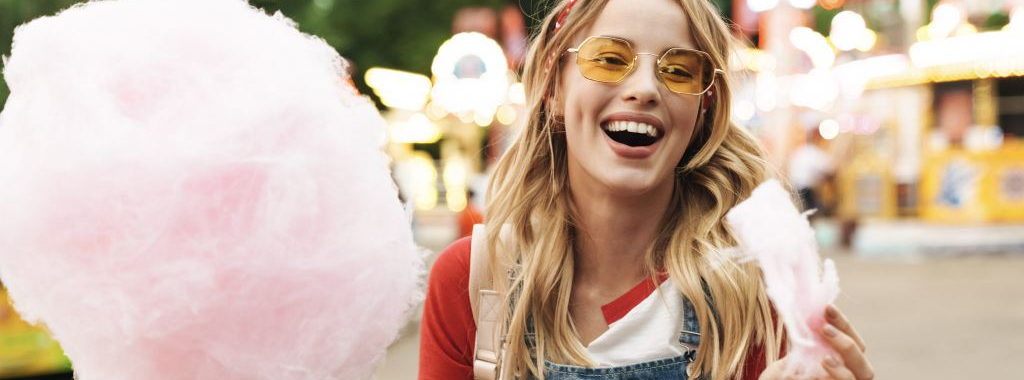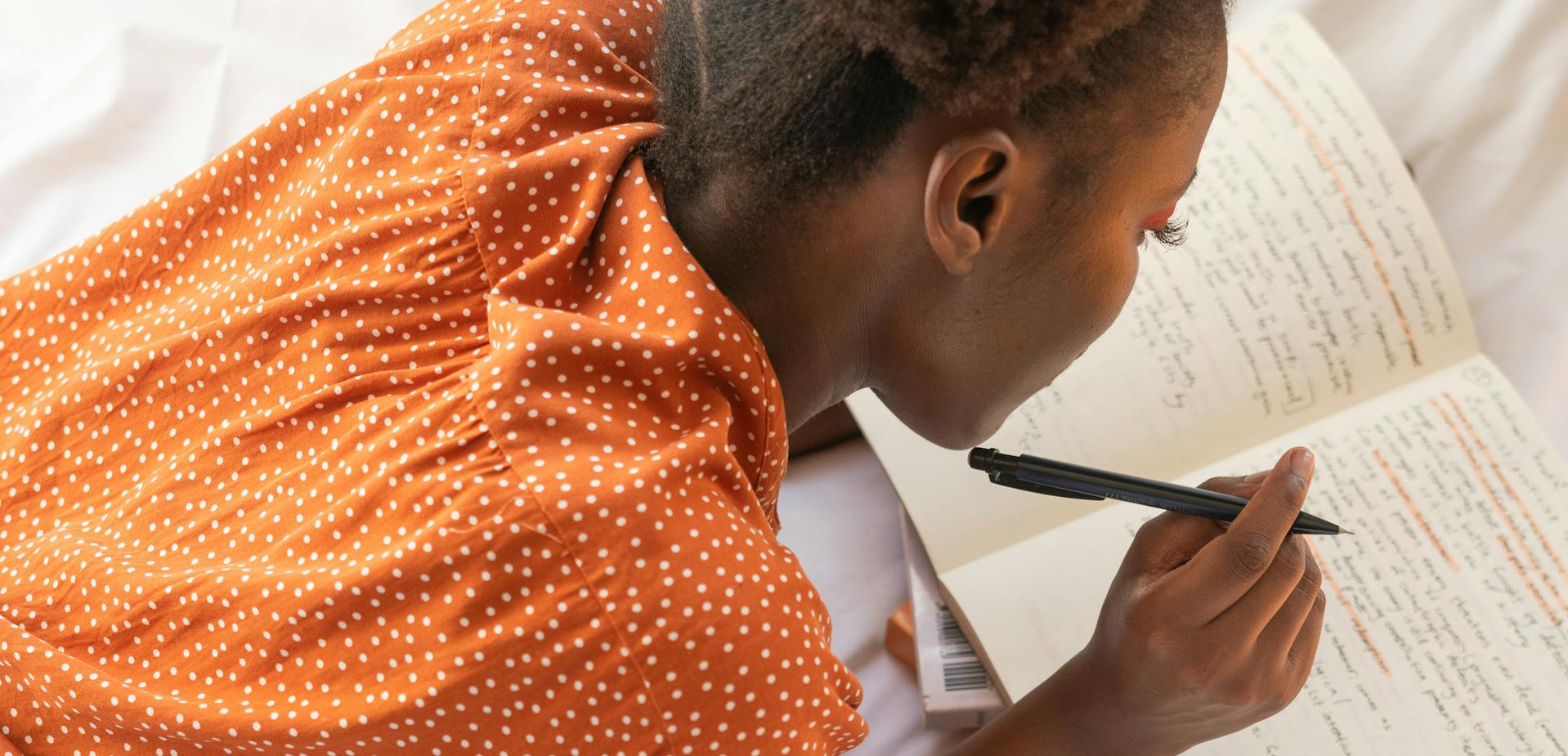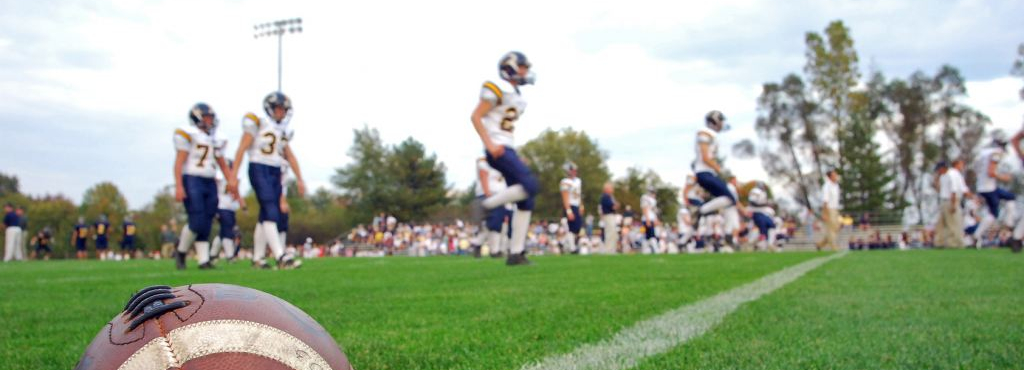From Notre Dame’s leprechaun to Oregon’s duck, college mascots are more than just a figure on the sidelines — they are a treasured part of college life at many institutions. They embody the spirit, history, and identity of a college or university, rallying students, alumni, and fans alike under a shared banner. They evoke a sense of belonging and pride within the campus community and beyond.
While mascots shouldn’t factor into your college list, they are often an important part of campus culture and tradition. If you’re still doing college research, check out this guide to these campus icons.
A Brief History of College Mascots
The tradition of college mascots in the U.S. started in the late 1800s–early 1900s, evolving from simple team nicknames and live animals to the costumed figures we know now. In 1889, Yale University became the first school in the U.S. to adopt a mascot — Handsome Dan, a bulldog owned by a student. He was the first in a long line of Handsome Dans that continue to represent the Ivy League institution.
Live animal mascots became tangible symbols of school spirit, but their impracticality and unpredictability eventually led to the introduction of costumed figures. However, many schools besides Yale continue to use live mascots: Louisiana State University’s Mike the Tiger and the University of Texas at Austin’s Bevo the Texas Longhorn steer are just two well-known examples.
Over time, mascots became deeply ingrained in college culture, representing not just athletic prowess but also academic pride, institutional values, and a unifying symbol for the campus community. Over time, college mascots have evolved into iconic figures that are loved and celebrated far beyond their campus homes.
Types of College Mascots
From animals and whimsical characters to historical figures, mascots are as diverse as the college landscape. Each has its own story and significance that contribute to the school’s history and traditions.
Traditional Mascots
Traditional mascots have long been chosen for their imagery, symbolism, and ability to inspire pride and unity. In fact, some of the most well-known college mascots fall into this category.
- Nittany Lion: Penn State’s mascot, which is a mountain lion, has been appearing at athletic events since 1921.
- Aubie the Tiger: What began as a cartoon character on the cover of the football programs at Auburn University in 1959 evolved into a living character in 1979.
- Uga the Bulldog: University of Georgia’s famous white English bulldog, Uga, has been embodied by several generations of bulldogs that have appeared at games since 1956.
- Bucky Badger: While he is not the first badger to represent the University of Wisconsin, Bucky is the best known. Created in 1940 as an illustration, Bucky made his first live appearance at a homecoming game in 1949.
- Sparty: A fixture at Michigan State’s athletic events, Sparty started out as a papier-mâché head in 1955, evolving into the current Greek Spartan warrior costume in 1989.
- Traveler: A Trojan warrior may ride across the field at USC football games, but the white horse he’s astride is the real MVP. Traveler has been a feature at home games since 1961.
- Sooner Schooner: Since 1964, this iconic Conestoga wagon has rolled across the field at every home game after Oklahoma University scores, pulled by white ponies named Boomer and Sooner.
Unique Mascots that Stand Out from the Crowd
Many colleges and universities break the mold when it comes to mascots, choosing quirky or unexpected characters that are distinctive and original.
- Brutus Buckeye: An anthropomorphic nut is not the most traditional choice for a mascot, but Ohio State’s beloved Brutus is a symbol of Buckeye pride and inspired by the official state tree.
- Big Red: Born in 1979 at Western Kentucky University, Big Red is… well, we don’t know what exactly. But Big Red is fun, friendly, and popular — what more could you want in a mascot?
- Weezy and Blossom: Inspired by the boll weevils that decimated U.S. cotton fields 100 years ago, Weezy and Blossom at the University of Arkansas at Monticello are loved much more than the real thing.
- Sammy the Banana Slug: When students at UC Santa Cruz were asked to choose between a banana slug or a sea lion as an official mascot, they overwhelmingly chose the slug — their unofficial mascot for years.
- Speedy the Geoduck: Pronounced “gooey duck,” this burrowing clam native to the Puget Sound is personified as Speedy, the mascot at The Evergreen State College.
- WuShock: A “muscle-bound bundle of wheat,” WuShock represents part of Wichita State University’s history — football players used to shock (harvest) wheat during the summer to pay for college.
- The Billiken: Inspired by a popular doll from the early 1900’s, the elf-like Billiken is meant to bring good luck to the students at Saint Louis University.
Which college mascot is your favorite? Share in the comments below.
The Future of College Mascots
Colleges and universities are increasingly recognizing the importance of selecting mascots that resonate positively with all students, alumni, and fans, regardless of their background. This shift involves retiring mascots rooted in offensive stereotypes — particularly those related to Native Americans and the Confederacy — and thoughtfully choosing new ones that embody positive and unifying qualities.
Universities that have retired mascots in the recent past include the University of Illinois and University of Mississippi. The process of selecting mascots will likely involve greater community input and a commitment to creating symbols that promote inclusivity.
Find Your Best-Fit College with IvyWise
College mascots are a fun part of college culture, but you have much more to consider when it comes to selecting schools for your college list: size, location, academic programs, social climate, activities, research opportunities, and more. With thousands of options to choose from, this can feel overwhelming.
IvyWise college admissions counselors are experts at helping students find colleges that are a great fit for their needs and goals. And all of them have at least three years of experience working in college admissions at some of the top schools in the U.S. — so they know exactly what admissions committees are looking for. Learn how we can help you achieve college admissions success.
Contact Us




